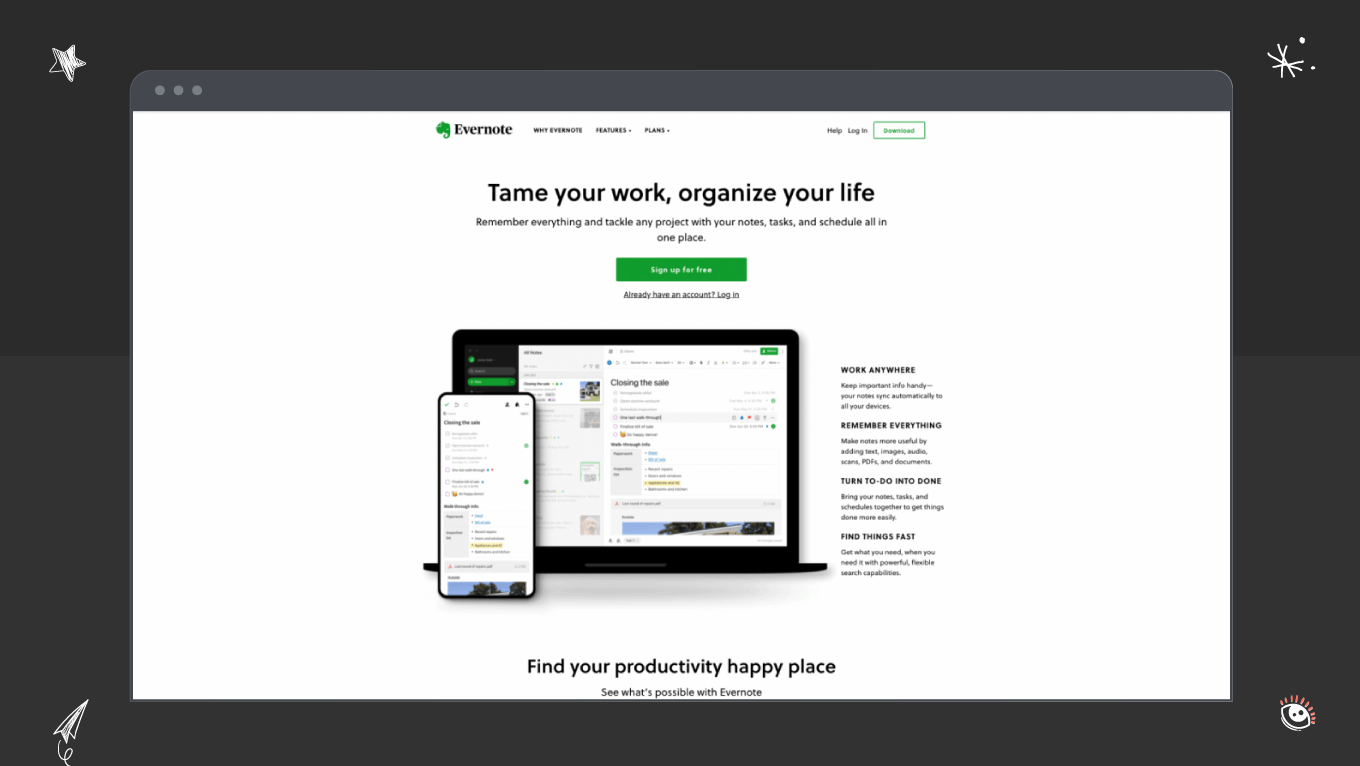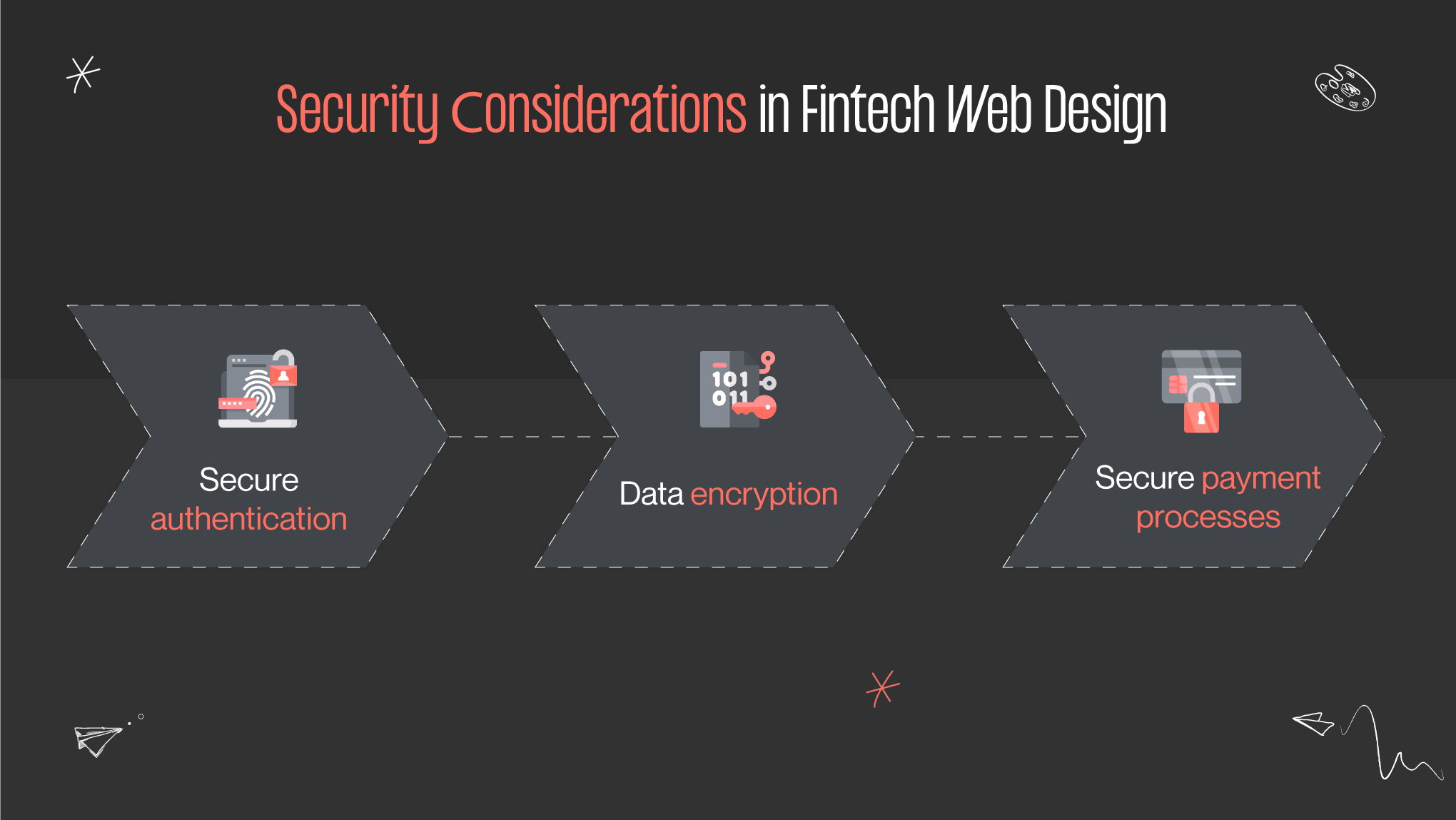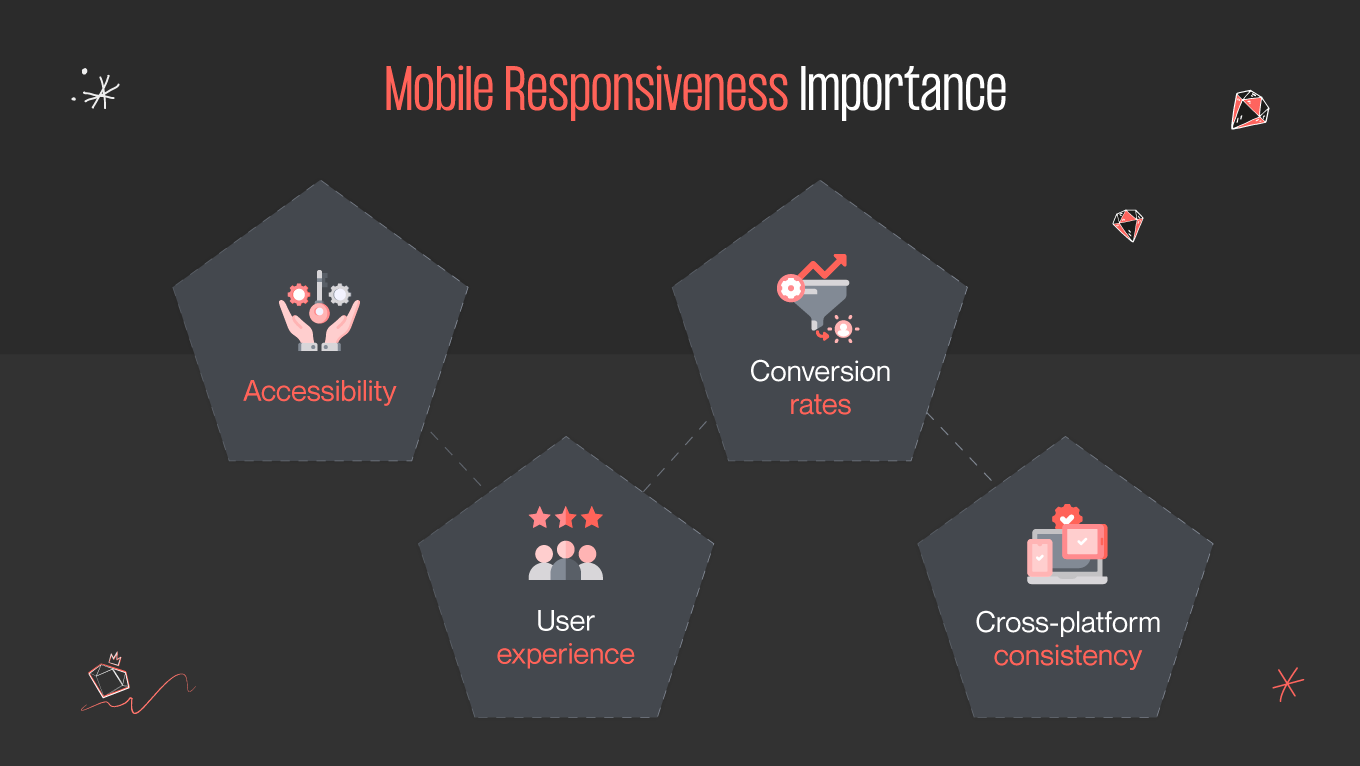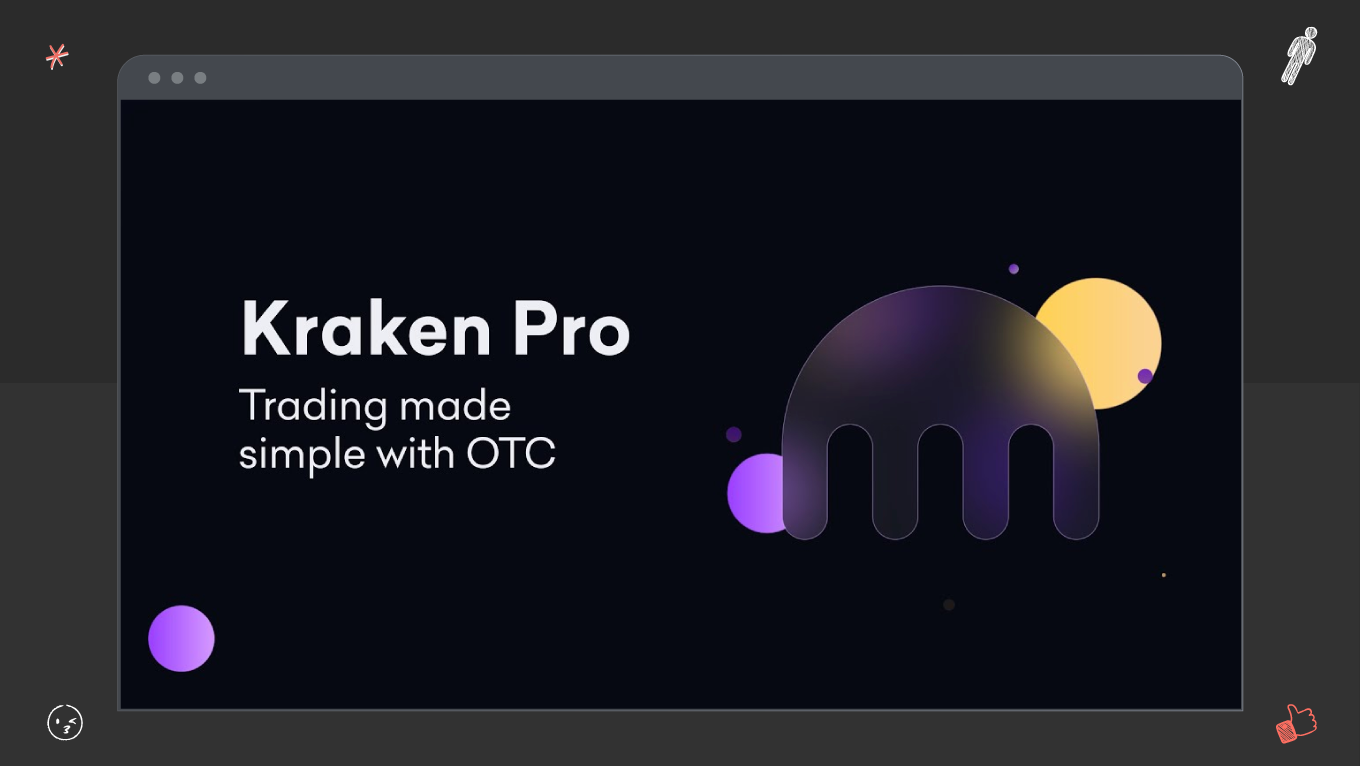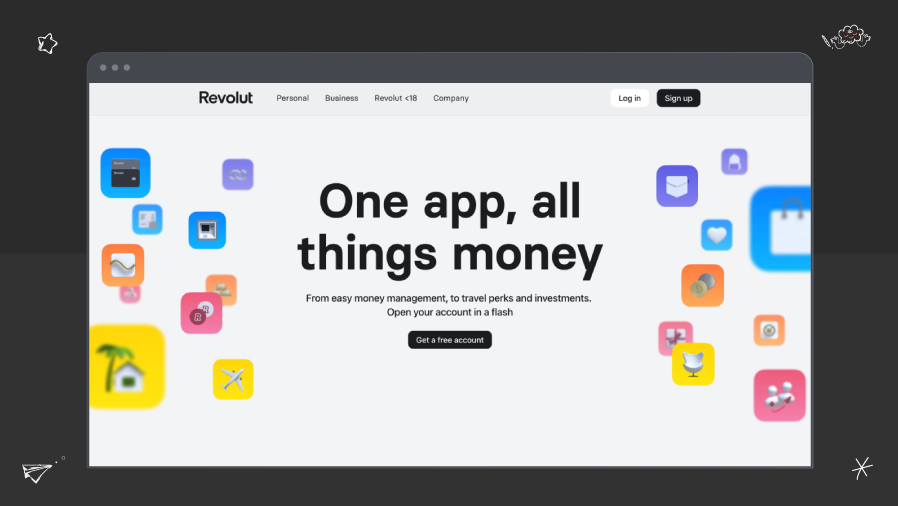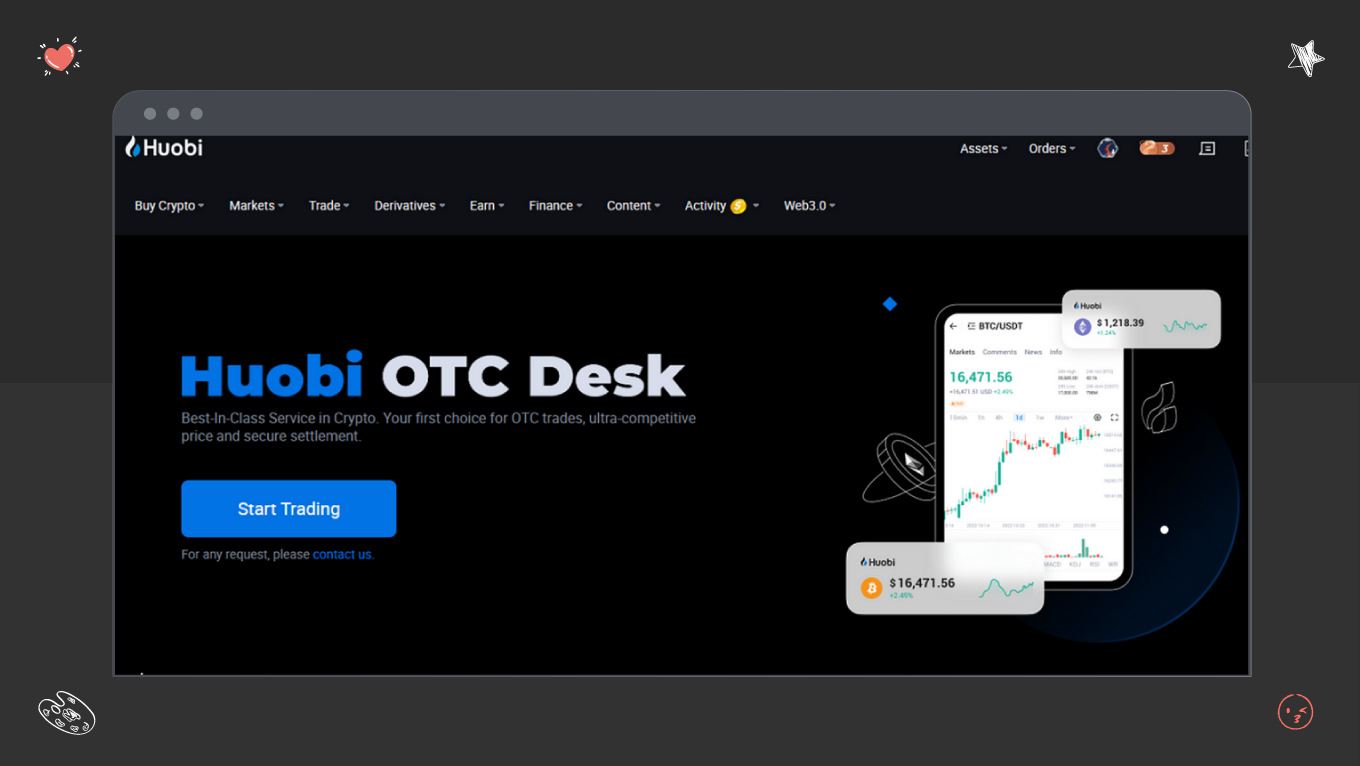A fintech website serves as the virtual front door to a world of financial possibilities, offering a broad spectrum of services, from online banking and investing to peer-to-peer lending and digital wallets. As customers increasingly seek digital alternatives for their financial needs, the design and functionality of these websites become paramount to attracting, engaging, and retaining users. Let’s dive into the topic of fintech website design with us.



